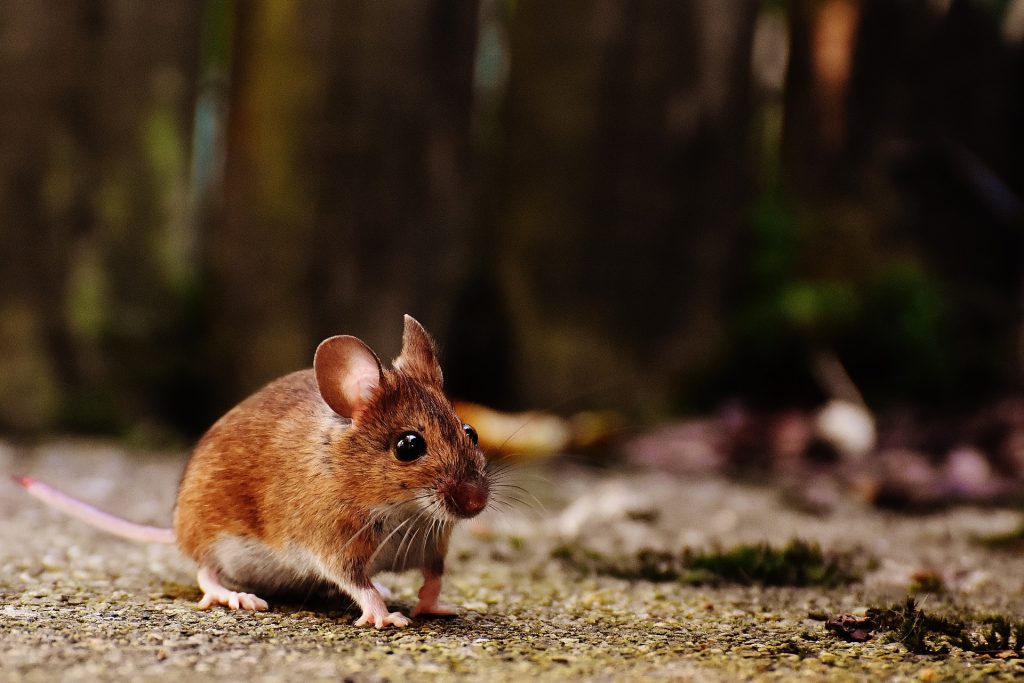 Many herbs and nutrients have been shown to have beneficial effects against depression. In order to assess the effects of a herb or nutrient on depression, it is often first necessary to test in on animals models of depression. Putting aside the questions of whether animal testing is right or wrong, this raises an interesting question. How do you measure the mood of an animal in order to assess the effects of an antidepressant? The answer to this is based on the known principle that depression is associated with hopelessness. As animals feel more hopelessness they tend to try less hard to escape from uncomfortable environmental conditions. The behaviour of the animal under experimentally induced stress can therefore be observed, and the level of depression felt by the animal measured. One of the most established animal experiments for this purpose is called the Porsolt test. This test is sometimes called the behavioural despair test or the Porsolt forced swimming test. The Porsolt test was devised by Porsolt and coworkers in 1978.
Many herbs and nutrients have been shown to have beneficial effects against depression. In order to assess the effects of a herb or nutrient on depression, it is often first necessary to test in on animals models of depression. Putting aside the questions of whether animal testing is right or wrong, this raises an interesting question. How do you measure the mood of an animal in order to assess the effects of an antidepressant? The answer to this is based on the known principle that depression is associated with hopelessness. As animals feel more hopelessness they tend to try less hard to escape from uncomfortable environmental conditions. The behaviour of the animal under experimentally induced stress can therefore be observed, and the level of depression felt by the animal measured. One of the most established animal experiments for this purpose is called the Porsolt test. This test is sometimes called the behavioural despair test or the Porsolt forced swimming test. The Porsolt test was devised by Porsolt and coworkers in 1978.

Rats and mice are often used to screen herbs and nutrients for their antidepressant effects. The Porsolt test is one of the most established of these tests. While the exact mood changes seen in experimental animals cannot be said to mimic depression in humans exactly, experimental evidence does show that the sorts of mood changes associated with depression, including feelings of hopelessness and despair, are common to most mammals.
The test is split into two separate parts. The first part of the test involves the placing the animal, usually a mouse or rat, into a container of water. There is no escape for the animal, and so it is forced to swim for its life. The more depression an animal is experiencing, the less movement it will make other than to keep its head above water, and the more time it will spend immobile. This immobile behaviour can be observed and recorded and used to assess the level of depression in the animals. In the second part of the test, the animal is administered the herb or nutrient and retested. In some cases, two groups of animal may be used, one that receives the suspected antidepressant, one that does not. If the amount of time spent immobile increases in the second test, then the herb or nutrient can be said to have antidepressant activity. As well as herbs and nutrients, pharmaceutical drugs are also tested for antidepressant effects in this way. Screening substances for antidepressant effects in this way is considered effective.
Eat Well, Stay Healthy, Protect Yourself
RdB
